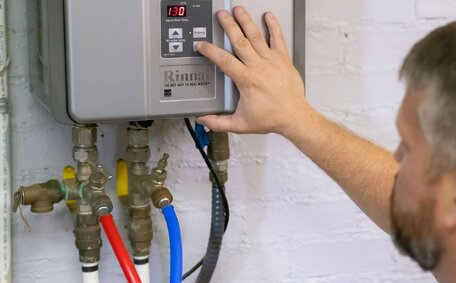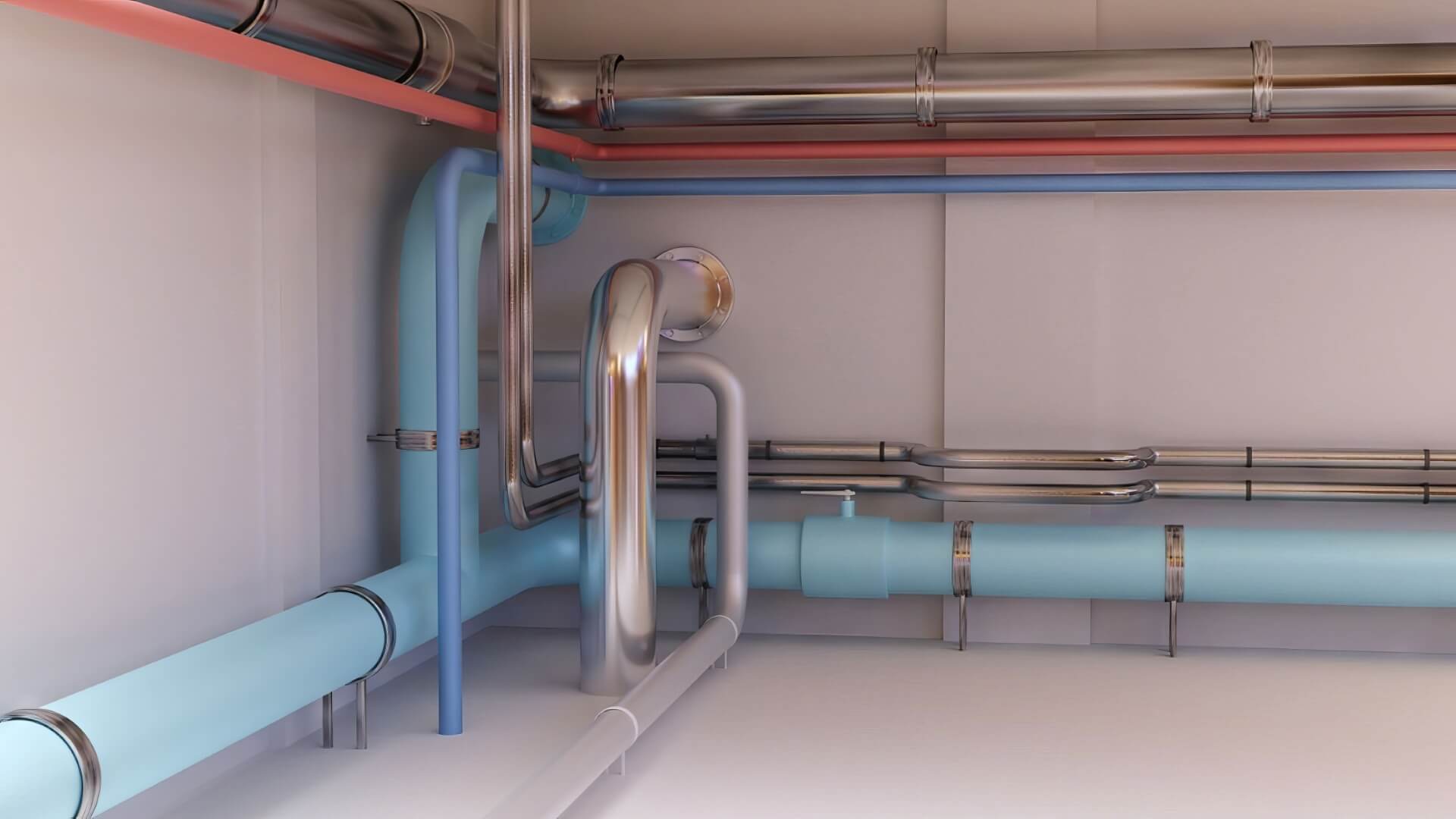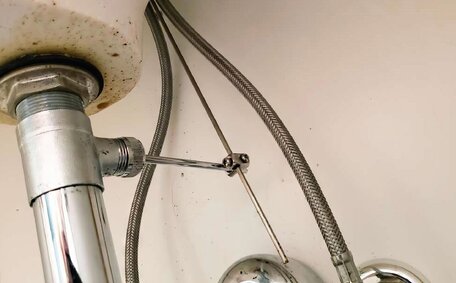Understanding the Risks of Gas Cylinders
Improper handling and storage of gas cylinders pose significant risks. They contain gases under pressure which can ignite, explode or leak, leading to fires, damage, injuries or even death. Different types of cylinders also have specific hazards:
- Flammable gases like propane, acetylene and hydrogen can easily ignite if exposed to sparks, heat or flames.
- Oxidising gases such as oxygen cylinders greatly intensify fires and explosions.
- Toxic gases like ammonia and chlorine can cause poisoning if inhaled or expose skin and eyes to chemical burns.
- Corrosive gases can damage equipment, skin and lungs through contact.
Mishandling cylinders may result in the valve breaking off, explosions from rapid gas release, unsafe contamination of gases, or uncontrolled movement of cylinders leading to collisions. Dropped or tipped cylinders can cause extreme hazards as the impact may damage the pressurised container.
Legally, lpg cylinder storage must prioritise health and safety, be managed by skilled staff in appropriate PPE, segregated by type, and shielded from ignition sources and environmental extremes. Failing to manage the risks can lead to hefty fines, lawsuits and even criminal charges if accidents occur.
It’s imperative to understand the correct use of gas cylinders, their storage characteristics, potential risks and strict adherence to safety protocols.
Conduct a thorough risk assessment for your gas cylinder systems and storage locations. Make sure you seek specialist advice to find out whether the gas cylinders your company’s possession and procedures address all possible hazards. When handling gas cylinders, it should always be done with great care as simple oversights can prove catastrophic.
Choosing a Safe Location for Storage
Select a gas cylinder storage area by considering these crucial criteria:
- Cylinders must always be stored either outdoors or in sufficiently ventilated storage rooms.
- There must be no ignition sources within at least 5 metres like electrical equipment or open flames.
- The storage area should position the cylinders least 3 meters away from heat sources or direct sunlight which could impact gas cylinder temperatures.
- It must feature clear signage with all necessary information, alongside adequate lighting, access control and firefighting equipment.
- The ground level surface where you should place cylinders must be firm, and non-combustible to ensure safe support.
- Full and empty cylinders of different gases must stored separately in clearly designated spaces.
- It’s crucial to handle gas cylinders so they are restrained securely to prevent cylinders falling with chains, straps or cages.
- The chosen location should ensure people don’t end up having to pass by cylinders to reach at least one exit route.
If storing a gas bottle indoors, the room should have ventilation slots at high and low levels allowing adequate air flow. Adhering to safety legislation is essential when storing cylinders away from potential hazards.
Outdoors is always the safest option. An lpg gas cylinder, identified among flammable liquids like lp gas, should kept outdoors only. This practice helps prevent potentially ignitable gas accumulation from indoor leaks.
Storing Indoors vs. Outdoors
Gas cylinders storage outdoors is generally regarded as the safest option, as it minimises risks in case of leakage, fire, or explosion. Outdoor storage flammable areas, where gas can bottles are kept, feature unrestricted ventilation so any leaked gas quickly dissipates. It also prevents accumulation of gases which could ignite.
Indoor storage comes with stricter regulations under Australian Standard AS 4332. It specifies requirements for adequate ventilation, fire protection systems, clear signage and stringent access control. Cylinder quantities allowed indoors must also adhere to no more than the amounts specified by licencing laws.
Any cylinder store should follow these precautions in handling and storing gas to limit risks if gas escapes inside.
Key measures for handling storing gas in a safe manner indoor include:
- Do ensure the area where you store cylinders has automated ventilation slots placed at high and low levels.
- Leak monitoring and fire suppression systems.
- Designated gas cabinet storage rooms prohibit ignition sources.
- Proper restraints to avoid falling cylinders.
Ensure outdoor LPG cylinder storage is remote from hazards and complies with these requirements:
- A non-combustible, solid, level floor away from public access.
- Weather protection for cylinders if needed.
- Clearance of at least 20 feet from buildings, boundaries and ignition sources.
- Signposted areas away from sources ignition should also restrict public access.
Safe gas handling strategies include maintaining proper separation distances for indoor and outdoor storage as specified by AS 4332, regarding toxic, corrosive, flammable, or oxidising gases. Ensure compliance through risk assessments particularly for fuel gas cylinders. Expert guidance can help implement a safe cylinder stores in any setting.
Proper Ventilation and Air Flow
Adequate ventilation is critical in your gas cylinder storage to prevent dangerous buildup and accumulation of leaked gases. As gases can be odourless, colourless and heavier than air, which means they can collect below ground, sufficient air flow circulation is vital.
Outdoor gas cylinder storage must be open on all sides, facilitating swift dispersion of leaks into the airflow. Steer clear of areas with obstructed air circulation that could cause gas accumulation.
Indoor areas require purpose designed ventilation systems with inlet and outlet openings. Ventilation slots near the ceiling avoid buildup of heavy gases.
Low-level slots or mechanical extraction allow gases to escape, as per AS 4332. Ventilation must operate continuously with automated cut-off gas and fire detection systems connected to alarms.
Ventilation aims to meet key safety goals:
- Prevent accumulation of flammable gases to concentrations above 25% of the lower explosive limit.
- Keep gas concentrations present for less than 10% of the time.
- Reduce higher density gases collecting at floor level.
- Enable early leak detection before reaching hazardous levels.
Expert input should design storage room ventilation slot quantities, locations and flowrates specific to the gases stored and room dimensions. Annual system testing will verify correct ongoing operation.
Ventilation is a critical risk control measure. Ensure this and other critical precautions are implemented through initial risk assessments and ongoing review of storage facilities. Advice from specialists can facilitate compliant, safe systems for ventilation and total gas cylinder storage.
Securing Cylinders Properly
Gas cylinders must be properly secured at all times, ensuring safe storage of gas cylinders to prevent accidents caused by falling or rolling. Utilise designated restraints like chains, straps or dedicated cages to secure cylinders to walls or posts.
When ensuring proper storage handling gas procedures are followed:
- Secure cylinders individually rather than in groups.
- Ensure cylinders are stored upright and do not allow them to lean.
- Do not over-tighten chains or straps against the cylinder.
- Use corrosion-resistant materials rated to carry cylinder weight.
- Ensure restraints are in good condition through regular checks.
Also, ensure secure transportation of cylinders in vehicles cargo areas open to the air to prevent any risk of gas accumulation. Either use a gas bottle cage or fasten each cylinder upright separately in cargo areas to prevent movement. Brace cylinders upright to avoid tipping.
Preventing cylinder falls, especially in cargo areas open air, greatly reduces risks of valve damage, rapid pressure release, explosions and gas leaks. Inspect restraints routinely to guarantee cylinders remain properly secured.
Handling Cylinders Safely
Correct handling technique is vital when moving gas cylinders to prevent serious accidents or personal injury:
- Wear complete personal protective equipment and let us know if you have any specific safety concerns, this includes steel-capped boots, gloves, eye protection and breathing apparatus.
- Gas cylinders should only be handled by trained personnel using proper manual handling methods and wearing the requisite protective equipment ppe - bending knees, keeping the back straight and holding cylinders close to avoid strain.
- Check cylinder weights before attempting to lift and seek assistance to move cylinders using proper trolleys.
- Do not lift cylinders by valves, regulator knobs or cylinder caps as this risks damaging seals leading to leaks.
- Avoid dropping, rolling, or dragging cylinders during transport.
- Keep cylinder valves securely capped when not connected to equipment, or if not stored upright.
- What should be done is to segregate and label cylinders clearly during storage, transport and use.
- Use older gas stocks first and separate full and empty cylinders, grouping them by type.
- Never transfer gases between cylinders or tamper with safety valves or labels.
- Inspect cylinders routinely for defects like corrosion, leaks or instability reporting these immediately.
Personnel handling all cylinders should undergo certified training in: cylinder properties, transport, connection procedures, leak detection and general safe practises. Always operate under proper supervision and follow safety guidelines completely. Consult your local gas association experts regularly to verify risks remain well controlled.
Inspecting for Leaks and Damage
Regular inspection is vital for when storage gas cylinders can check for defects which may lead to gas leaks or other accidents. Follow this safety checklist when carrying out inspections:
- Check cylinder bodies and welds for any signs of cracks, dents, bulges, corrosion damage or weakness affecting integrity.
- Inspect the cylinder base for corrosion damage, with particular attention paid to hidden areas not normally visible.
- Examine cylinder valves, pressure relief devices, regulators and threaded outlets for signs of damage, wear or leaks. Replace faulty parts immediately.
- Ensure cylinder valves closed and valve protection caps and guards are fitted correctly when cylinders are not in use.
- Check cylinder labelling, which includes essential safety data, is legible, documenting serial numbers, gas types, and test dates before use.
- Note condition of restraints like chains or straps. Replace worn or damaged restraints immediately.
- Use approved leak detection spray on connections to check for leakage when opening closing valves.
- If discolouration, corrosion or faults are found, tag cylinders as quarantined stock and return for inspection and testing straight away.
Unexplained gas losses may signal leaks from concealed sources. Monitoring cylinder integrity forms an essential risk control.
Implement a comprehensive safety recording system to comply with AS 2030 inspection and testing timelines. Also periodically weigh gas cylinders to check they match expected pressure levels marked.
Emergency Leak Procedures
If a gas leak is suspected, immediately take these actions:
- Evacuate all personnel from the affected area to a safe location upwind of the leak. Nominate someone to prevent unauthorised access.
- If it’s safe to do so, close the cylinder valve or valve outlet where leaking gas is escaping. Check for external valve damage beforehand and use appropriate protective equipment.
- Avoid introducing any ignition source which may ignite the gas leak - this includes electrical equipment, vehicles, open flames, flares, sparks, static electricity, radios, mobile phones and more. Gas detectors must be intrinsically safe.
- If the leak cannot be stopped, or there is a fire or explosion risk, contact emergency services on 000 immediately for assistance. Provide details on the gas type, size any leaks, hazards and location.
- For minor leaks of non flammable gas that have been controlled, monitor with gas detectors confirming the atmosphere remains clean. Allow ventilation to disperse any escaped gas until the leak can be properly repaired.
Ensure safety precautions and emergency procedures are displayed prominently near storage areas. Practise drills should also test awareness and readiness among staff to handle gas cylinders safely. Specialist input when developing response plans helps maximise effectiveness in gas leak scenarios.
Legal and Regulatory Considerations
There are important legal and regulatory requirements for storing compressed gases in cylinders in Australia that must be strictly followed.
Critical legislation governing compressed gas cylinder storage includes:
- Model Work Health and Safety Regulations - Cover safe handling, storage and management of hazardous chemicals like gases.
- Dangerous Goods Act - Classifies gases and stipulates requirements for licencing, transport, labelling and storage.
- Australian Standard AS 4332 - Details standards for gas cylinder storage and handling including ventilation, signage, location, restraints and more.
In NSW, compliance with health and safety regulations for compressed gas storage and use is enforced by the EPA and SafeWork NSW. Organisations required to store gas like hazardous goods above exempt amounts require licences from EPA or SafeWork NSW listing the gases and quantities held.
There are also local council requirements around storage near property boundaries or residential areas. Gas cylinder handling and storage should be risk-assessed to confirm all relevant safety, environmental and dangerous goods regulations are continually met.
Documentation covering risk assessments, training, inspections and maintenance should be auditable to demonstrate full compliance. Facilities, equipment and procedures should then be independently verified at least annually under law.
Failing to meet standards risks prohibition notices, fines, prosecutions and even jail terms in cases of recklessness leading to death or harm. Collaborating with regulators and experts such as Glenwood Plumbing is vital to ensure compliance when handling and storing gas cylinders.
For more advice on safely storing gas cylinders legally with full compliance to Australian standards, call Glenwood Plumbing on 1300 349 338 or email us.






